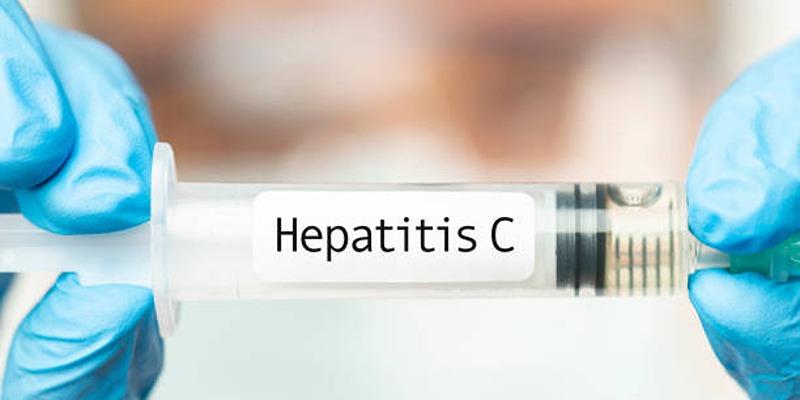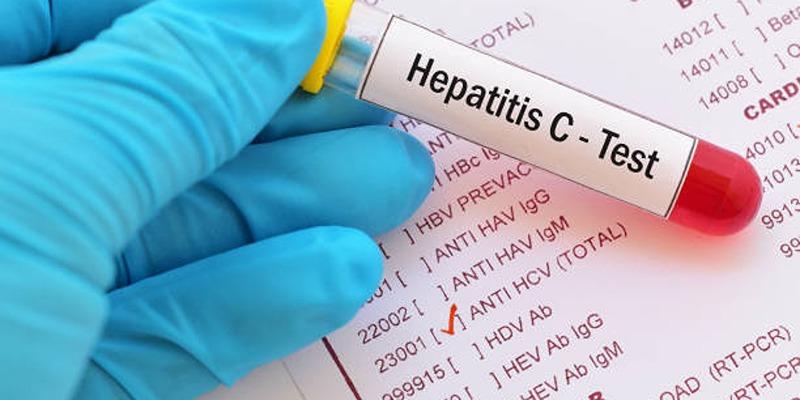New Treatments for Hepatitis C: A Look at Affordability
Although great progress has been made in the treatment of viral hepatitis, Hepatitis C is still a significant global health issue. Also known as the ‘silent disease’ most patients display no sign or symptom until the liver is significantly impaired. New possibilities are opening up with such revolutionary treatments as direct-acting antivirals (DAAs). But the big question is: are these cures within reach to all? This blog discusses these treatments together with their advantages and the various costs that may hinder people from accessing them.
Hepatitis C and Its Global Impact:
 Hepatitis C refers to an infection by the Hepatitis C Virus (HCV) that is contracted through blood-to-blood transmission. The disease can cause acute and chronic conditions with chronic Hepatitis C being more dangerous in regard to liver fibrosis, cirrhosis, and liver cancer.
Hepatitis C refers to an infection by the Hepatitis C Virus (HCV) that is contracted through blood-to-blood transmission. The disease can cause acute and chronic conditions with chronic Hepatitis C being more dangerous in regard to liver fibrosis, cirrhosis, and liver cancer.
The Global Burden of Hepatitis C:
Currently, over 58 million people are living with a Hepatitis C infection globally, and 1.5 million new infections happen each year according to WHO. Even though the disease is easily curable by adherence to safe medical procedures and cleanliness, millions of people are walking around with the disease because they are not aware of it cannot afford treatment, or have not been diagnosed.
Why Early Treatment Matters:
In the worst and without treatment, Hepatitis C causes significant effects in the quality of life and can lead to life-threatening liver diseases. Early intervention is not only a priority in management but also prevents the spread of the disease to other people. Nevertheless, the costs of treatments affect the decision-making time of many patients before seeking treatment.
Revolutionary Treatments: Direct-Acting Antivirals
The introduction of direct-acting antivirals (DAAs) has been a game-changer in the fight against Hepatitis C. These drugs have transformed a once-challenging condition into a curable disease for most patients.
How DAAs Work
DAAs work by targeting specific proteins that the Hepatitis C virus needs to replicate and survive in the body. By disrupting the virus's lifecycle, these medications can effectively eliminate the infection. This targeted mechanism makes DAAs far superior to older treatments like interferon, which often had severe side effects and lower cure rates.
Benefits of DAAs
- High Cure Rates: DAAs achieve cure rates exceeding 95%, even for patients with advanced liver disease or co-infections.
- Shorter Treatment Duration: Unlike older therapies, which could last up to a year, DAA treatments typically take only 8 to 12 weeks.
- Minimal Side Effects: Patients report fewer and less severe side effects compared to interferon-based therapies.
- Broad Applicability: DAAs are effective against all major strains of the virus, simplifying treatment protocols for healthcare providers.
These benefits have made DAAs the standard of care for Hepatitis C treatment. However, their high price tag has sparked debates about accessibility and affordability.
The Cost Barrier: Are These Cures Affordable?
While DAAs offer hope, their cost remains a significant obstacle for many patients. A single course of treatment can cost tens of thousands of dollars in some countries, putting it out of reach for uninsured or underinsured individuals.
Why Are DAAs So Expensive?
The high cost of DAAs can be attributed to several factors:
- Research and Development (R&D): Pharmaceutical companies invest heavily in the development, testing, and approval of new drugs. These costs are often recouped through high pricing.
- Patent Protection: Exclusive patents allow manufacturers to set premium prices without competition from generic alternatives.
- Limited Competition: In many countries, a lack of generic versions keeps prices high.
Disparities in Global Pricing
The price of DAAs varies dramatically across regions. In high-income countries, the cost of a single treatment course can exceed $50,000. In contrast, some low- and middle-income countries have access to generics that cost as little as $100 per treatment course.
Efforts to Improve Accessibility
Efforts to make Hepatitis C treatment more accessible are underway. Governments, non-profit organizations, and pharmaceutical companies are working together to reduce costs and expand availability.
Government Subsidies and Programs
Several countries have introduced government-funded programs to subsidize the cost of Hepatitis C treatment. These programs prioritize vulnerable populations, such as individuals with advanced liver disease or those at high risk of transmission.
The Role of Generic Drugs
Generic versions of DAAs have been instrumental in lowering costs in many low- and middle-income countries. By allowing more manufacturers to produce these drugs, competition drives prices down and increases supply.
International Partnerships
Global health organizations like the WHO and non-profits such as the Clinton Health Access Initiative have partnered with pharmaceutical companies to negotiate lower prices. These partnerships have significantly expanded access in resource-limited settings.
The Role of Awareness and Screening
While reducing the cost of treatment is crucial, early diagnosis plays an equally important role in combating Hepatitis C. Many people remain unaware they are infected until the disease has caused significant liver damage.
Expanding Screening Efforts
Scaling up screening programs is essential to identify undiagnosed cases. Mass screening initiatives, particularly in high-risk populations, can connect more patients to treatment and reduce the overall burden of the disease.
Public Awareness Campaigns
Stigma and misinformation often prevent people from seeking diagnosis and treatment. Educational campaigns can address these barriers, encouraging more individuals to get tested and treated.
A Roadmap for the Future
 To ensure that the benefits of new Hepatitis C treatments reach everyone, a multi-faceted approach is essential. Policymakers, healthcare providers, and pharmaceutical companies must work together to overcome financial and logistical barriers.
To ensure that the benefits of new Hepatitis C treatments reach everyone, a multi-faceted approach is essential. Policymakers, healthcare providers, and pharmaceutical companies must work together to overcome financial and logistical barriers.
Key Priorities
- Reducing Costs: Expanding access to generics and negotiating lower prices can make treatments more affordable.
- Scaling Up Screening: Investing in widespread screening programs can identify undiagnosed patients and connect them to care.
- Strengthening Healthcare Systems: Improved healthcare infrastructure ensures that even rural and underserved communities can access treatment.
- Promoting Research: Continued innovation can lead to even more cost-effective therapies in the future.
Conclusion
The new treatments for Hepatitis C represent a major milestone in modern medicine, offering cure rates that were unimaginable just a decade ago. However, the high cost of these therapies limits their reach, leaving millions without access to life-saving care. By addressing the financial and systemic barriers, the global community can work toward a future where Hepatitis C is not only curable but also universally treatable. Accessible healthcare is a shared responsibility, and achieving equity in Hepatitis C treatment is a crucial step toward a healthier world.












